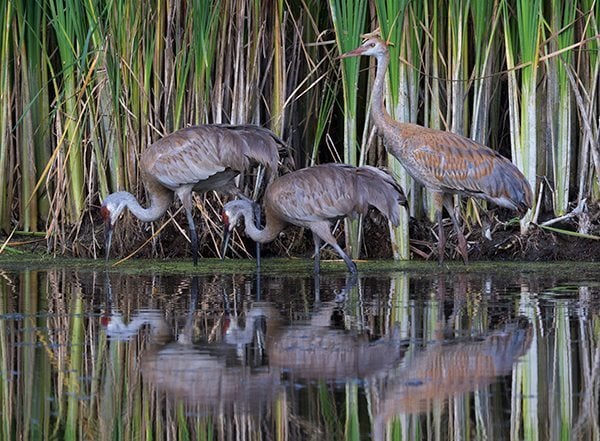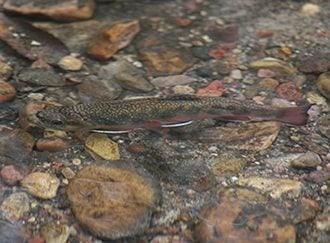Mark Oaten, CEO of International Fur Federation writes for the Huffington Post
That argument, however, is as fake as the apparel it supports. And some new research has thrown the whole issue around man-made fibres more generally into the limelight. Specifically, researchers at the University of California at Santa Barbara have found that, on average, synthetic fleece jackets release 1.7 grams of microfibres each wash. and that this is having a devastating effect on our rivers, oceans and marine life. It also uncovered that older jackets shed almost twice as many fibres as new ones.

What are these microfibres? They are tiny bits of plastic with the potential to poison the food chain. Their size allows them to be readily consumed by fish and other wildlife and from there they can bioaccumulate, concentrating toxins both in those fish and in the bodies of larger animals higher up the food chain.
But this new study is only part of the story. PETA and the like have often trotted out the research by Dutch consultancy CE Delft from 2011, which said real fur had a higher environmental impact than the fake alternative.
What the activists have notably left out, however, are the gaping flaws in that research, not least the fact it was commissioned by three European anti-fur groups. But that aside, the research claimed it took 563kg of feed (meat and fish offal) to make 1kg of mink fur.
On the one hand, we can prove this figure is vastly over-inflated. On the other, CE Delft completely ignored that other uses would have to be found for this meat and fish waste — or it would go into landfills or be incinerated — if mink weren’t eating it. It’s actually an environmental benefit.
It also conveniently ignored that mink manure is used as fertiliser and biofuel, and, most importantly, that real fur lasts a long, long time.
This last point is perhaps the crux of the matter. A real fur coat can last for 30 years and with a bit of clever restyling need never go out of fashion. Plus it offers extraordinary comfort and warmth. Fakes on the other hand are ‘disposable fashion’ and hang around in most wardrobes for no more than five years or so, if they’re lucky.
So while the fake furs sit on landfills alongside plastic rubbish bags poisoning the world, natural fur either stays in the coat closet (perhaps being updated by a furrier from time to time – and what fake fur can claim to receive that sort of attention?) or quietly biodegrades.
And, lest we forget, fake fur, comprising polyacrylates, requires the extraction and fractionating of petroleum as well as the subsequent conversion into fibres and mass manufacturing into products. These are not only incredibly energy-intensive but also produce a lot of extremely unpleasant chemical compounds. That’s not to say that the production of fur garments isn’t without environmental issues of its own, particularly with regards to the chemicals that are involved in the dressing and dyeing of pelts. We openly acknowledge this and are working hard to mitigate the impact of the production process.
As I’ve always said, if you don’t want to wear fur, then I support your choice and will defend it to the end. But if you want a warm coat or to look good, please steer clear of fake fur. It’s a long way from the ‘better than the real thing’ alternative that the anti-fur lobby might have you believe.








